The Art of Bonsai was born in China & brought up by the Japanese (even the word Bonsai is Japanese which means Planted in a Container).
Currently, there are many Bonsai enthusiasts worldwide, especially in cities where large open spaces are seldom found. So, the people who live on the 17th floor of an apartment can also grow their own plants by applying the Art of Bonsai.
Bonsai is an ancient Asian horticultural technique that helps to grow miniature trees. Bonsai widely spread across the world in recent years as an art of pride. With many people trying their hand in Bonsai, it has grown in popularity.
Currently, thousands of people are pursuing Bonsai as a hobby or a pastime. In this article, we are going to specifically talk about how to Bonsai the Giant Sequoia.
Can you Bonsai the Sequoia Species?
Not every plant on the Earth can be used in the Art of Bonsai. Especially, the plants that cannot survive cutting & pruning are not used. Plants with large leaves are not preferred in the Art of Bonsai because then the plant will not look attractive.
So, considering all the parameters for a good Bonsai plant, three Sequoia species could be used. The three Sequoia species used for Sequoia Bonsai are:
- Giant Sequoia
- Coast Redwood
- Dawn Redwood
In this article, we are specifically discussing the Giant Sequoia.
Giant Sequoia
It would be fascinating to know that the Giant Sequoia is one of the biggest & largest trees on Earth. They can grow as tall as 300 feet of height & can achieve a diameter of up to 25 feet. Even the branches of Giant Sequoia are magnificent, and they can reach a diameter of up to 8 feet themselves.
The Giant Sequoia plants also occupy huge spaces & can weigh around a little less than a thousand metric tons. Not only in size, weight & girth, but the Giant Sequoia also has a very long life! There is a Giant Sequoia plant that has been living for around 2700 years!
Few more attributes of the Giant Sequoia are that they have a flame-resistant bark, can resist many fungal & insect diseases & damage. The seeds of Giant Sequoia can naturally grow even after the forest fires. Even the seeds remain highly viable for up to 20 years!
Interesting Fact: The Giant Sequoia plants never stop growing. They keep on growing until their last day on the earth. No doubt that they can grow if 300 feet tall!
Giant Sequoia Bonsai
Giant Sequoia plants are not preferred by many Bonsai enthusiasts. But they are the best ones to try your Art of Bonsai. Though not really recommended for the new learners, Giant Sequoia Bonsai is different from the other plants in their Bonsai form.
The major difficulty in taming a Giant Sequoia Bonsai is giving it a proper shape. Apart from it, there are a few more suggestions you should apply.
Factors That Need to Be Considered
Pruning:
- Roots: No need to prune them. The plant naturally prunes it.
- Foliage: Prune it once a year, preferably when the shoots start to grow. The beginning of the summer is the best time.
Feeding: You need not feed it less. Instead, when the plant attains the growing age, you need to feed it more. There is a misconception that feeding less is necessary for a Sequoia Bonsai. But this is not true. Instead, proper pruning is necessary.
Branches: Keep them short.
Water: Water twice a day. Once in the morning & then in the evening. Note that Giant Sequoia Bonsai needs to be moist all around the day. So, if necessary, keep watering it to ensure moist conditions.
Soil: Moist soil is an essential requirement for giant sequoia bonsai. Free-draining shallow soil would be the best. In the summer, the soil may dry up a bit quicker due to extremely high temperatures. In the winter, dehydration is a bigger issue than cold weather.
Placing: Place them outdoors, under the sunlight. In the Summer, you can move them to a place of shade. In the winter, preferably move it back indoors to counter the dehydration problem.
Fertilizers: Ideally, you need to fertilize them once a quarter. The need can change depending upon the soil you are using.
Pesticides & Insecticides: Many pests & insects would try to damage the giant sequoia bonsai. You need to use pesticides & insecticides accordingly.
Conclusion
The best time to get yourself a Giant Sequoia Bonsai would be just before the Summer season. The shoots grow around that time & hence if you’re going to bonsai your giant sequoia, then do it at the beginning of the Summer season. Remember that it takes time to grow a good giant sequoia bonsai. Stay Calm & Keep Pruning!

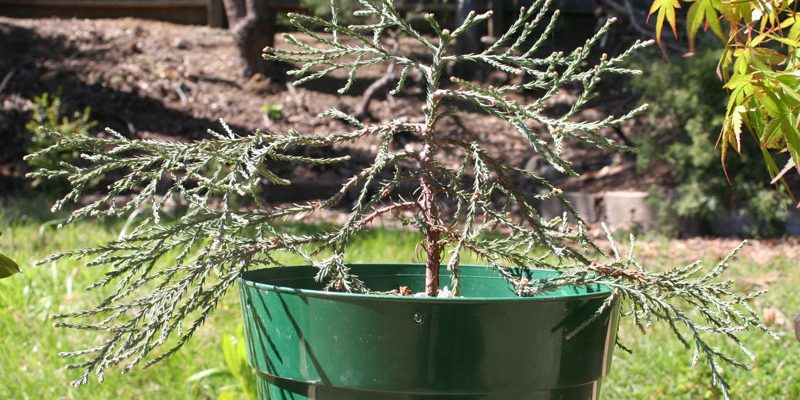




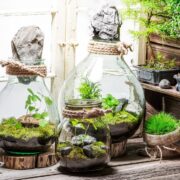
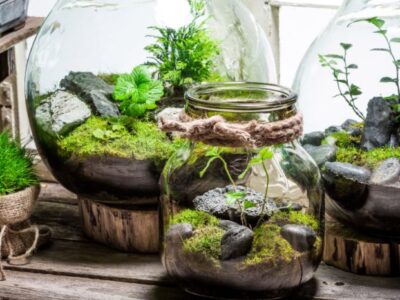

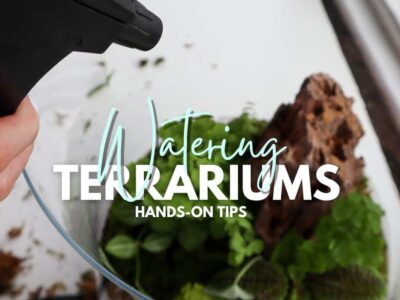
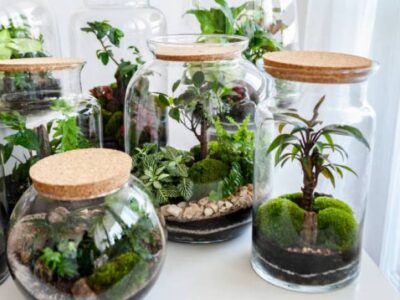
Comments